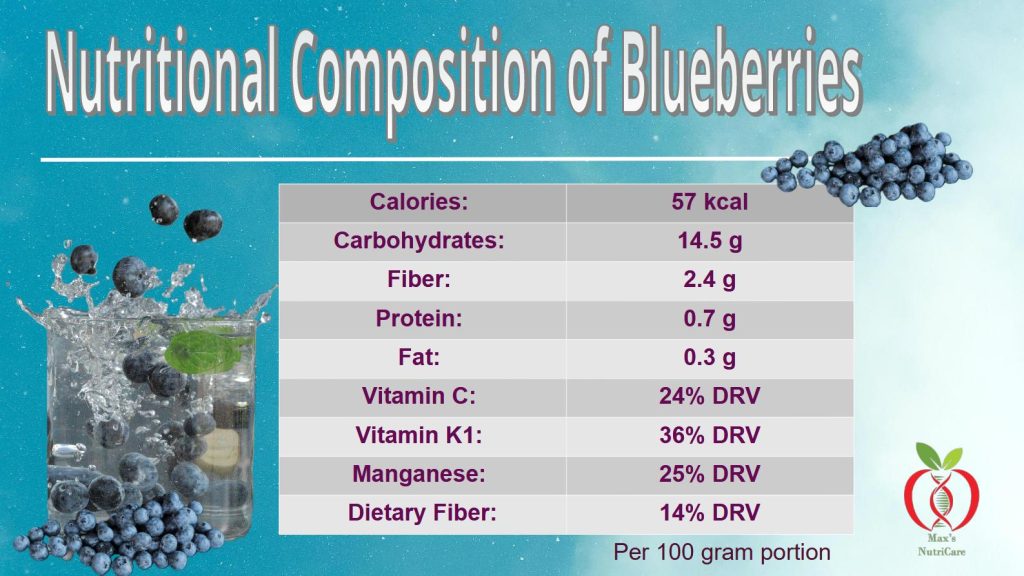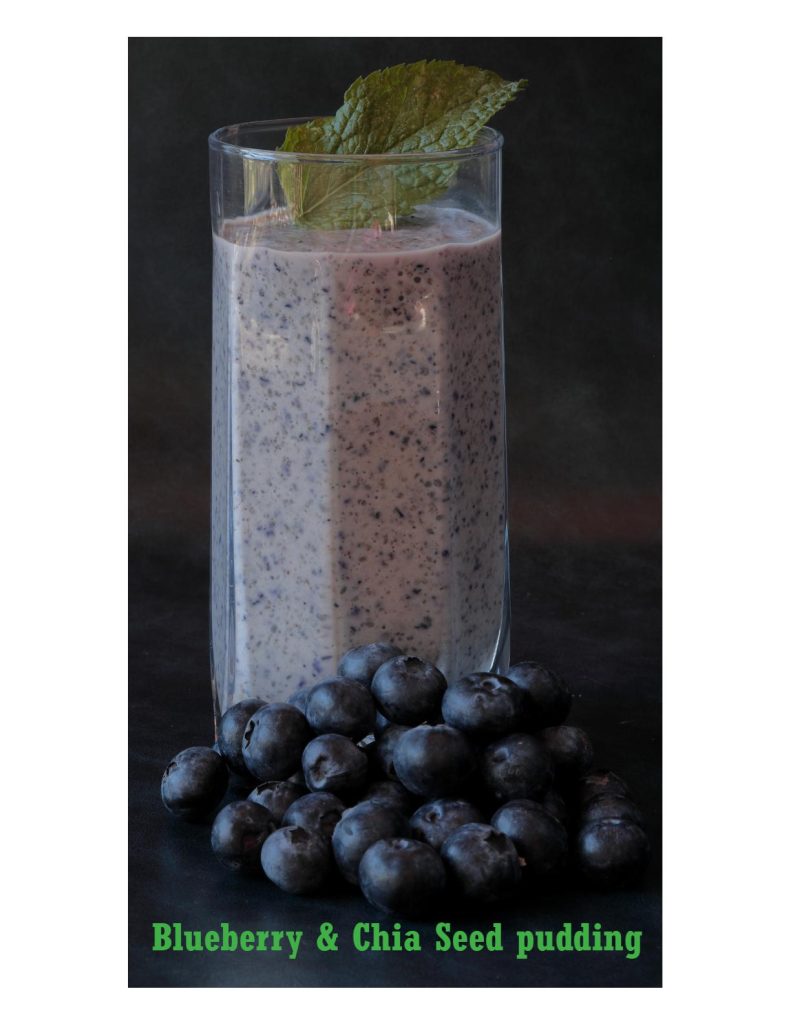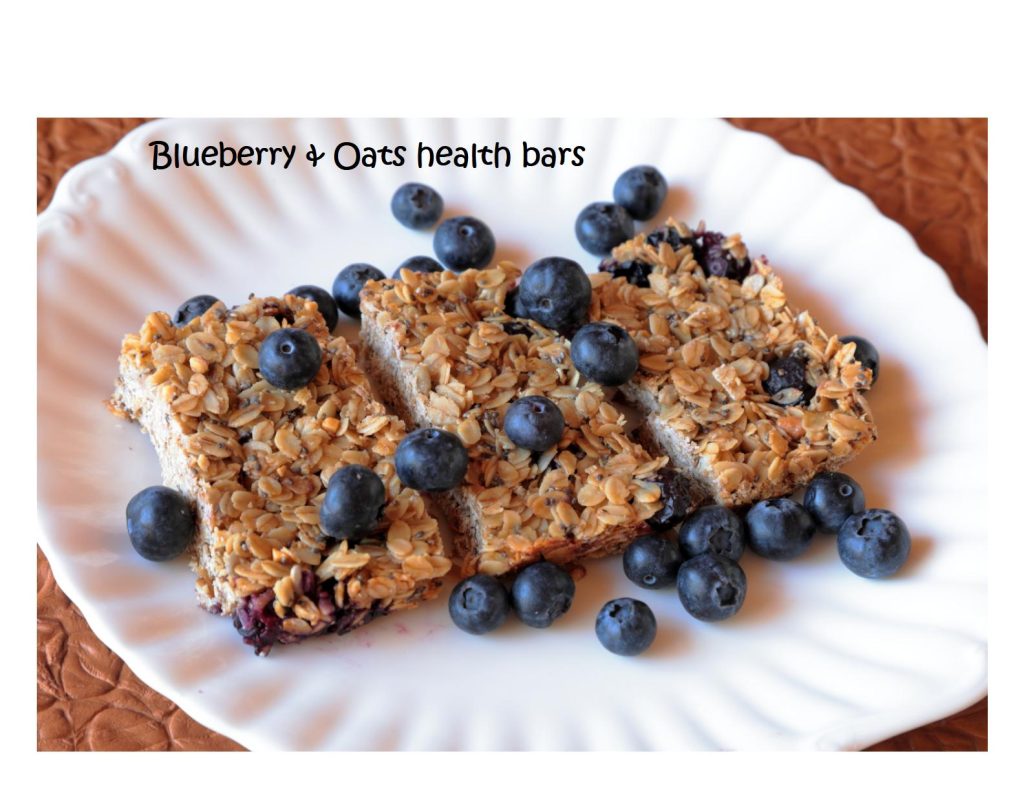Introduction: Why Gut Health and Blueberries Belong Together
Gut health has become one of the hottest topics in wellness—and for good reason. A thriving gut microbiome doesn’t just aid digestion, it influences immunity, energy, metabolism, mood, and even skin health. Among the many gut-friendly foods, one stands out for its color, flavor, and science-backed benefits: blueberries.
These tiny, deep-blue berries aren’t just delicious; they’re packed with compounds that your gut bacteria adore. When you eat blueberries, you’re not only nourishing yourself—you’re feeding the trillions of microbes inside your digestive system that help keep you healthy.
The Prebiotic Power of Blueberries
Unlike probiotics (live bacteria found in fermented foods), prebiotics are the food that beneficial bacteria eat. Blueberries are naturally rich in polyphenols and fibers that travel through the digestive tract largely undigested.
When they reach the colon, your “good” bacteria—including Bifidobacterium and Lactobacillus—get to work breaking them down. The result? Beneficial compounds like short-chain fatty acids (SCFAs) that:
- Strengthen the gut lining
- Reduce inflammation
- Support healthy metabolism
- Enhance immunity
This is why gut health enthusiasts often refer to blueberries as a natural prebiotic powerhouse.
Blueberries and the Gut–Brain Connection
Did you know your gut and brain are constantly “talking” through the gut-brain axis? Blueberries may play a role here too. By reducing inflammation and supporting the microbiome, they help create the right environment for mood-regulating neurotransmitters like serotonin to thrive. Some studies even suggest regular blueberry consumption can improve memory and cognitive performance—further proof of the gut–brain link.
Fiber: The Unsung Hero in Blueberries
A cup of blueberries provides about 4 grams of dietary fiber, nearly 14% of your daily needs. Fiber helps:
- Keep digestion regular
- Slow down sugar absorption (great for blood sugar control)
- Feed the gut bacteria that transform fiber into SCFAs
For gut health enthusiasts, this makes blueberries a simple, everyday way to keep the microbiome balanced and energized.
Antioxidants That Double as Gut Allies
Blueberries are famous for their deep-blue pigments, thanks to anthocyanins. While these antioxidants are known for protecting cells from oxidative stress, they also interact with gut bacteria in fascinating ways.
Research suggests that anthocyanins not only feed healthy microbes but are also transformed into bioactive compounds that circulate through the body—supporting the heart, brain, and skin. Essentially, when you eat blueberries, your gut microbiome helps unlock even more of their benefits.

Fresh vs. Frozen: Which is Better for Your Gut?
The good news: both are gut-friendly.
- Fresh blueberries are hydrating, rich in vitamin C, and easy to enjoy as a snack or tossed into meals.
- Frozen blueberries are picked at peak ripeness and quickly frozen, preserving their polyphenols and most nutrients. They’re perfect for smoothies, yogurt bowls, and gut-boosting baked goods.
For year-round gut health, frozen blueberries make it easy to keep a supply on hand.
How to Eat Blueberries for Maximum Gut Benefits
To get the most from these tiny superfoods, pair them with protein and healthy fats. This slows sugar release, supports blood sugar balance, and enhances antioxidant absorption. Try:
- Blueberries + Greek yogurt + chia seeds
- Blueberries + almond butter on whole grain toast
- Blueberries blended into a kefir smoothie
For extra gut-friendly power, combine blueberries with fermented foods like yogurt, kefir, or kombucha—the probiotics from fermentation plus the prebiotics from blueberries create a true synbiotic effect.
Things to Keep in Mind
While blueberries are safe for most people, gut enthusiasts should note:
- Eating very large amounts may cause gas or bloating due to fiber.
- Their natural acidity may not suit those with reflux or highly sensitive stomachs.
- If taking blood-thinners, large quantities of blueberry juice or supplements may interact—stick to whole berries instead.
Fun Fact: The Rare Blue Food
Blueberries are one of the few naturally blue foods on the planet! Their unique anthocyanins don’t just give them their striking color—they’re also what make blueberries such a valuable ally for gut, brain, and heart health.
Conclusion: Small Berries, Big Gut Benefits
For gut health enthusiasts, blueberries deserve a permanent spot on the shopping list. They feed beneficial bacteria, reduce inflammation, and create bioactive compounds that ripple benefits throughout the body.
Whether fresh, frozen, or blended into your favorite gut-friendly meals, blueberries are a sweet, science-backed way to support your microbiome daily.
So, the next time you sprinkle them on your oats or swirl them into a smoothie, remember—you’re not just nourishing yourself. You’re also nourishing the trillions of tiny allies in your gut that keep you thriving.
Chia seed and Blueberry Pudding

This Chia Seed and Blueberry Pudding is a quick, nutrient-packed treat that’s as delicious as it is easy to make. With creamy coconut milk, antioxidant-rich blueberries, and protein-boosting chia seeds, it’s perfect for breakfast, a snack, or a guilt-free dessert. Ready in just 35 minutes, it’s a wholesome, satisfying option that can be customized with nuts, extra berries, or your favorite toppings.
Prep Time: 5 minutes Chill Time: 30 minutes Total Time: 35 minute
Ingredients:
- 1 cup full fat coconut milk
- 1 cup blueberries, fresh or frozen
- 1/3 cup chia seeds
- 1 teaspoon pure vanilla extract
- 1 teaspoon Honey
- Pinch of Himalayan salt, optional
- Almonds
- OPTIONAL: 1 to 2 teaspoons Protein Powder Method:
- Add coconut milk, blueberries, vanilla, sweetener, protein powder (if using), nuts and salt to blender jar
- Blend until blueberries and nuts are fully pureed.
- Add chia seeds and stir to mix.
- Pour into single serving containers, or a container that will hold 2 cups of liquid.
- Refrigerate 30 minutes or overnight.
- Top your serving with chopped nuts, coconut, more berries, cacao nibs, etc. if desired.
Blueberry Oat Breakfast Bar

Rise, shine, and grab a bar! These Blueberry Oat Breakfast Bars are your new morning BFF—chewy, fruity, and just the right amount of sweet. With juicy blueberries, nutty goodness, and a drizzle of yogurt-orange magic, they’re perfect for breakfast on-the-go, a mid-morning pick-me-up, or a sneaky snack when no one’s watching. Healthy? Check. Delicious? Absolutely.
- Prep Time: 5 mins Cook Time: 25 mins Yield: 8
Ingredients:
Oat Bars:
- 5 tbsp coconut oil (or butter)
- 4 tbsp honey
- 3 tbsp nut butter
- 200g rolled oats
- 100g blueberries
- 5ml Vanilla essence
- Pinch Pink Salt
- Yogurt Drizzle Topping: (Optional)
- 1 tbsp plain yogurt / coconut cream
- 3 tsp orange juice
Method:
- Preheat the oven to 170ºC.
- Line a baking dish with grease proof paper. 20cmX20cm pan
- Melt the coconut oil, honey and nut butter in a large saucepan over a medium heat. Once melted and combined, stir in the oats and continue to mix until all the oats have been coated. Fold in the blueberries.
- Transfer the mixture into the baking dish and firmly with the back of a spoon press down and into the sides to make it as compact as possible.
- If too dry (may happen if you are using a coarse oat flour), add 1-2 tablespoons of water, add 1 at a time, until the dough is soft and stick together.
- Bake in the oven for 15-18 minutes or until the sides are just beginning to brown.
- Cut the bars while still hot
- Leave to cool in the dish and then transfer to the fridge for at least 1 hour or preferably overnight. This is essential to stop the bars from crumbling and falling apart.
- Once the mixture has completely cooled mix the yogurt (or coconut cream) and orange juice together and drizzle over the top.
Note: These oat bars will keep in the fridge for up to 3 days. They can also be frozen in individual containers or wrappers and defrosted at room temperature.

